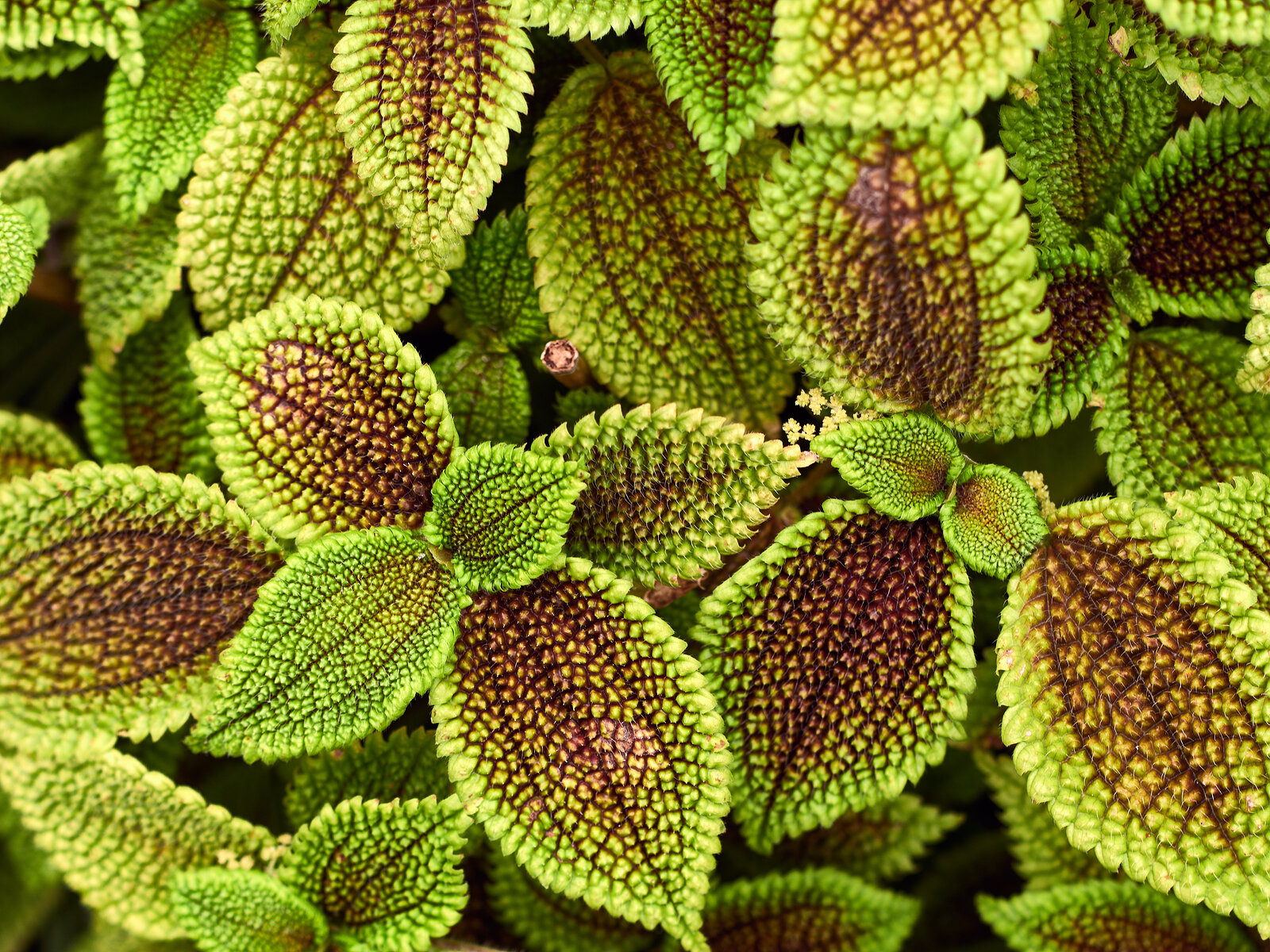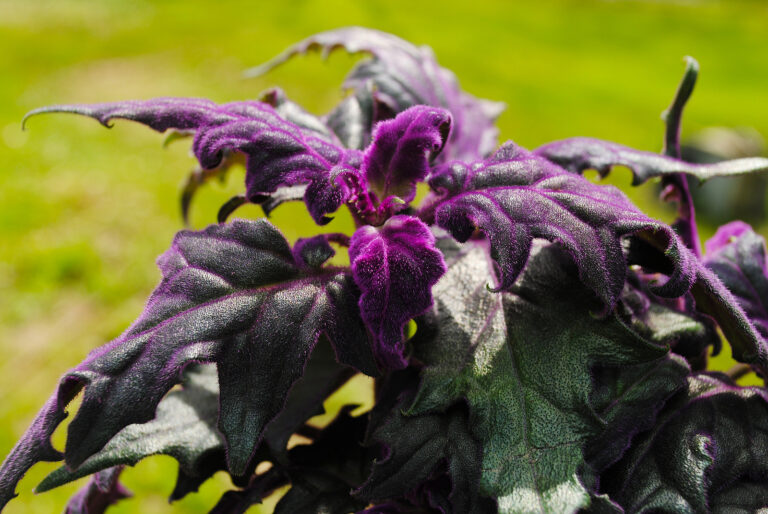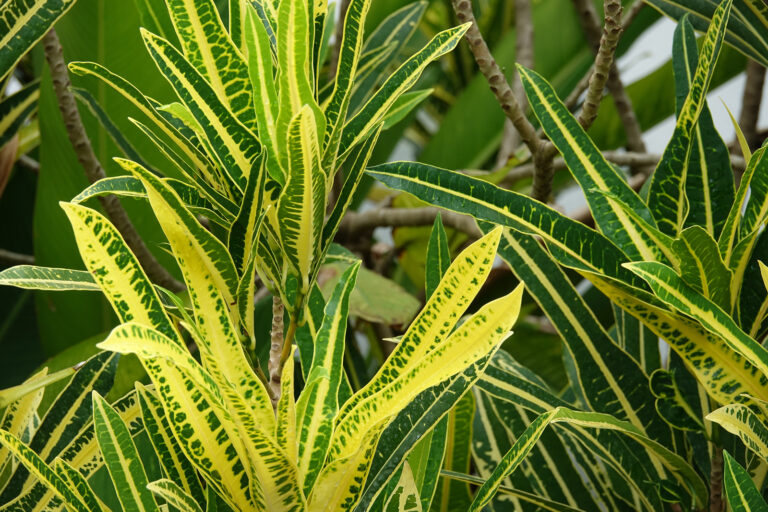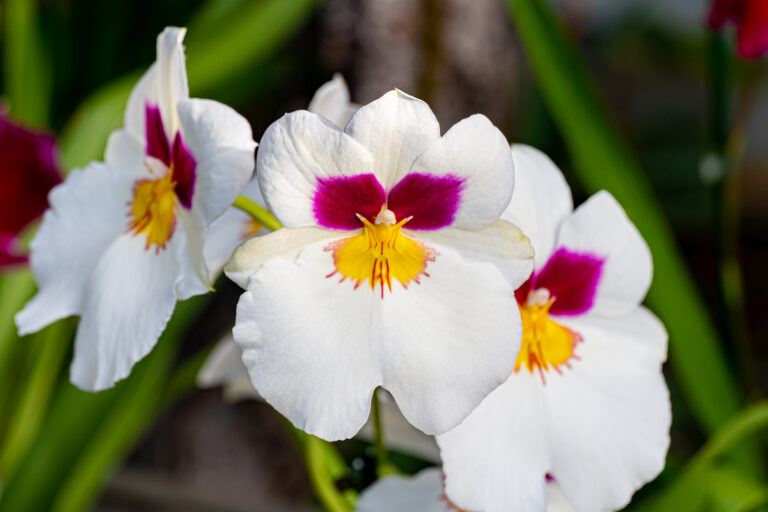How to Grow Aluminum Plant — Pilea
Pilea is a low-growing, tropical, shrub. Stems are fleshy and bear green leaves marked with silver, brown, bronze, or red patterns. Leaf surfaces may be quilted, veined, or puckered.
Pilea is a slower grower with upright or creeping stems growing to 12 inches (30cm). Insignificant flowers may appear throughout the year.
Pileas grow best in medium to high, indirect light. In tropical regions, they are a good choice for a shade garden border. They are popular and easy-to-grow houseplants in temperate climates.
Pilea is a genus of about 600 semi-succulent plants native to rainforests in tropical regions throughout the world.
Get to know Pilea
- Plant type: Perennial
- Growing Zones and range: 9-11
- Hardiness: Tender
- Optimal growing temperature: day 70°F (21°C), night 55° to 65°F (13°-18°C)
- Light: Medium to high, indirect light
- Height and width: 6 to 12 inches (15-30cm) tall and wide
- Foliage: Fleshy oval leaves, some quilted
- Uses: Houseplant, groundcover outdoors
- Common name: Pileas, aluminum plant
- Botanical name: Pileas spp.
- Family: Urticaceae
- Origin: Rainforests in tropical regions throughout the world
Where to plant Pilea
- Light outdoors: Grow Pilea outdoors in partial or deep shade.
- Light indoors: Grow Pilea in medium to high, indirect light. Does well under artificial light needing 14 light-hours daily.
- Soil outdoors: Grow Pilea in humus-rich reliably moist soil.
- Soil indoors: Grow pilea in all-purpose potting mix with added peat moss.
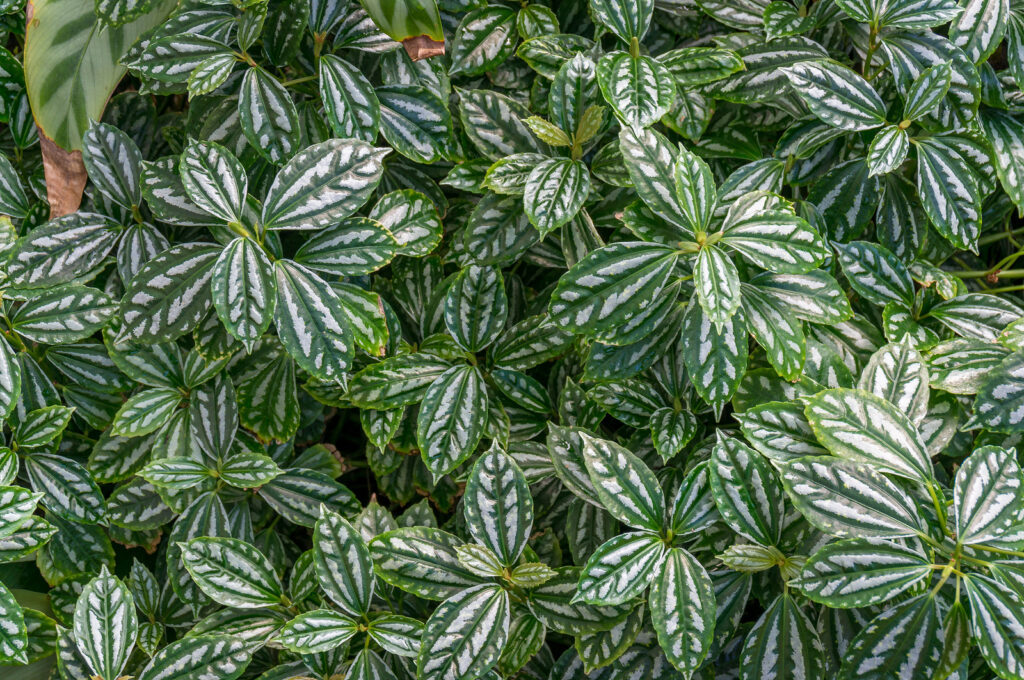
How to water and feed Pilea
- Water Pilea to moisten the soil then allow the surface to dry before you water again. Give pilea extra humidity.
- Mist Pilea growing indoors twice a day; humidity of 45 to 60 percent is optimal.
- Fertilize Pilea twice a month in spring and summer. Use a mild liquid fertilizer.
Pilea care
- Pilea will get leggy with age.
- Pinch back the mound-forming varieties regularly to maintain full, dnse growth.
- Discard plants each year after taking cuttings.
Pilea pests and diseases
- Pilea are vulnerable to mealybugs, scale insects, and root rot.
Growing Pilea as a houseplant
- Give Pileas limited to bright light, warm room temperature, and medium to high humidity.
- Allow the soil to dry to the touch between thorough waterings.
- Fertilize Pilea regularly in spring and summer.
Pilea propagation
- Take tip cuttings or divide pilea in spring.
Pilea varieties to grow
- Pilea acuminata. Mounded, compact form grows to 8 inches tall; cultivar ‘Moon Valley’ has leaves with quilted texture.
- P. cadieri, called aluminum plant. Most popular species; grows to 12 inches tall; it has silver-painted, green, oval leaves.
- P. involucrate, also called Pan-American friendship plant, can grow to 8 inches tall; it has oval, quilted chocolate-veined leaves.
- P. microphylla, called artillery plant. Grows to 10 inches tall; mounded form; calle atrillery plant because it releases pollen in puffs.
- P. nummularifolia, also called creeping Charlie. Ground-hugging form with bracnhes to 10 inches long; pale green leaves are rounded with quilted surface.
- P. spruceana. Grow in either creeping or upright form. Cultivar ‘Norfolk’ grows in creeping form with tight rosettes of circular leaves; ‘Silver Tree’ grows upright to 10 inches; leaves are greenish bronze with wide silver strips and silver dots.

